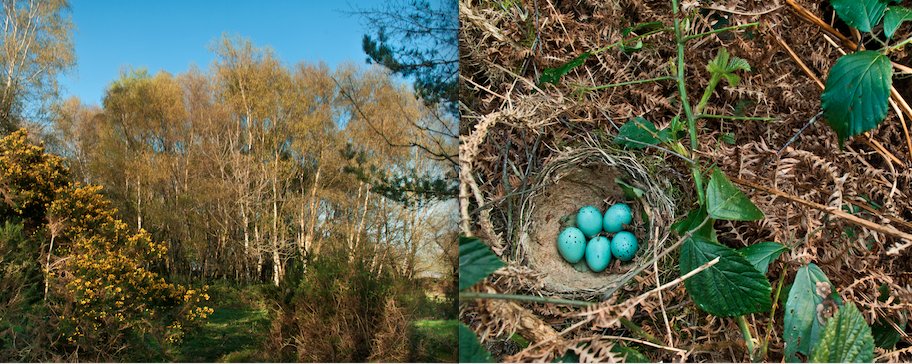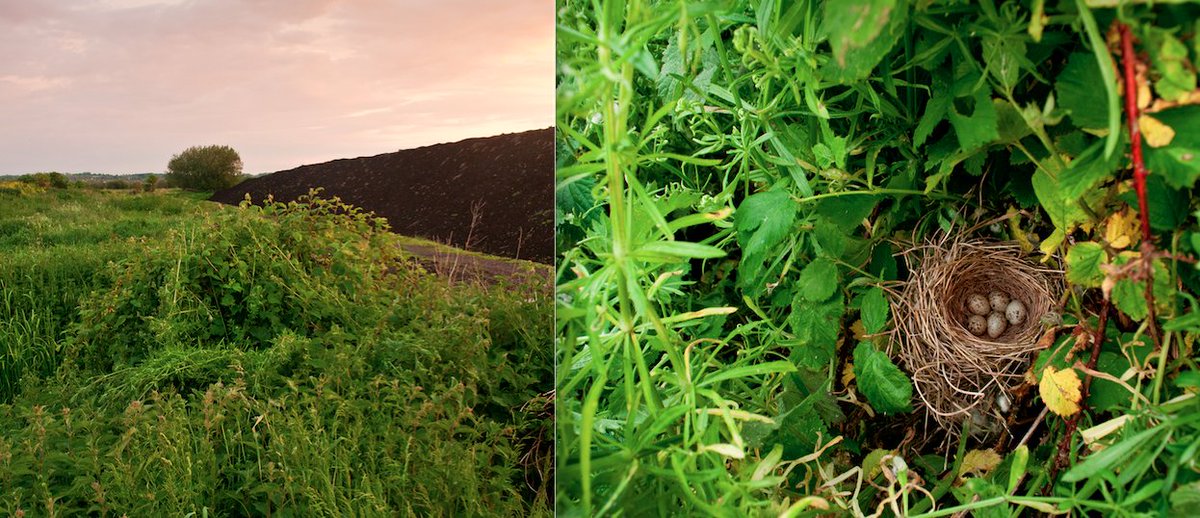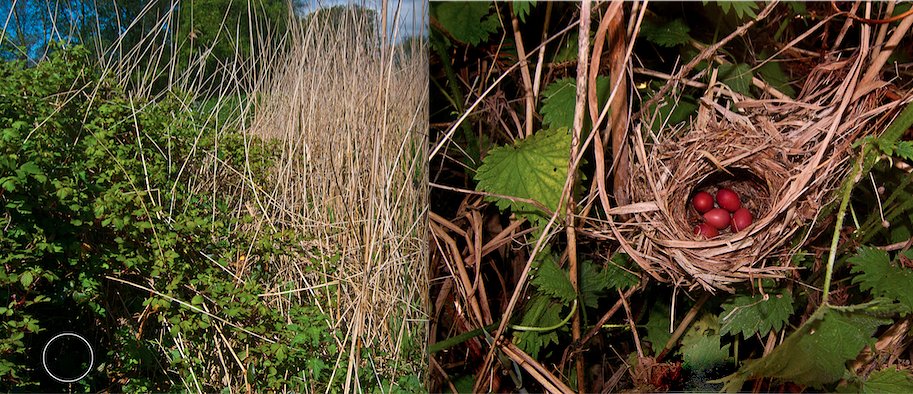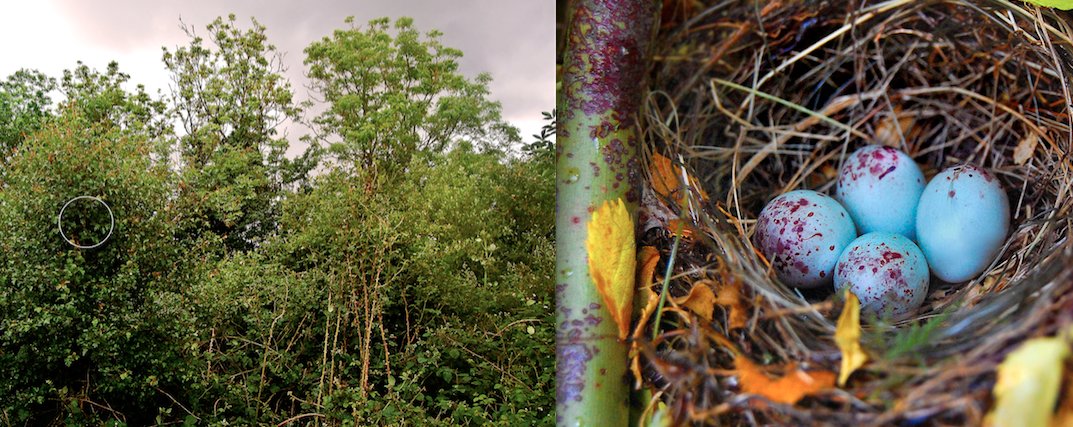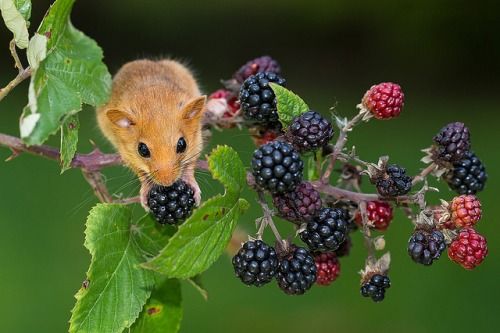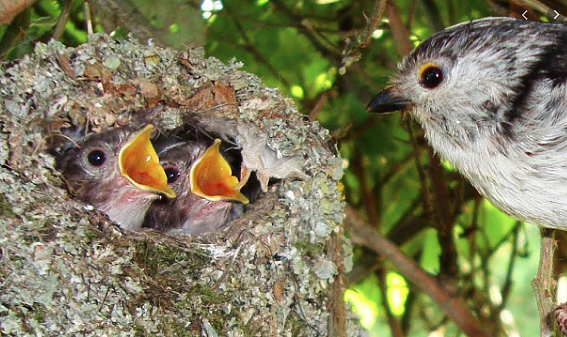1/10. It’s International Biodiversity Day and today I’ll be celebrating one of the countryside’s most important refuges for wildlife. It can prosper in our gardens, orchards and farms as well as wilder lands. BRAMBLE. @herdyshepherd1
2/10. Bramble, for many birds, provides a SAFE HOME. See below the nest of a linnet, one of our fast-declining farmland birds, wedged safely into a dense stand of bramble. As for many finches, bramble gives linnets a safe nesting nook - but we must keep them fed as well.
3/10. Bramble provides a GREEN BLANKET under which many other birds build their nests. See this song thrush nest. It’s built into gorse at the forest edge, but by weaving into creeping bramble, the song thrush increases the nest& #39;s concealment from predators.
4/10. Bramble creates NEW APARTMENTS for birds short of existing property options in a landscape. Take this reclaimed peat-land on the Somerset levels. Fenland is a great habitat, but bramble here provides the structural support needed for common whitethroats to raise a family.
5/10. Bramble enriches HABITAT MOSAICS at a small scale. Wetland-edge species like this Cetti’s warbler (photo under license), feed in reed-beds but nest where nettle pushes through bramble. Most of our species do not nest where they feed: a mosaic landscape is always best.
6/10. Bramble BOLSTERS HEDGEROWS - turning our scrublands into more impenetrable & complex fortresses for nesting birds. This is where beautiful favourites like the Bullfinch prefer to make their home (this nest record for @_BTO removed a large quantity of my remaining hair).
7/10. Bramble FEEDS POLLINATORS. A staggering range of butterflies from silver-washed fritillaries to brown hairstreaks (below), moths, solitary & honey bees, hoverflies & more, feed on bramble. As a large nectar-bearing flower, there is little limit to the species it attracts.
8/10. BRAMBLE = BLACKBERRIES. Not only a human favourite, but a crucial resource for bank and water voles, dormice, wood mice, foxes, badgers, starlings, thrushes & more. These ripe berry-lands become vital food-corridors for endangered small mammals & birds. @PTES
9/10. Bramble prefers richer soils & whilst it will tolerate light shade, thrives best in sunlight. Growing it up walls, or within hedges, creates invaluable habitat without undue encroachment. We must also protect it in our woodland glades. Grazers like cattle can prune it well.
10/10. Some of the best advice on re-planting bramble, perhaps in landscapes where it has become rare (due to overgrazing or human tidiness), can be found here:
https://www.rhs.org.uk/advice/grow-your-own/fruit/blackberries">https://www.rhs.org.uk/advice/gr...
https://www.rhs.org.uk/advice/grow-your-own/fruit/blackberries">https://www.rhs.org.uk/advice/gr...

 Read on Twitter
Read on Twitter

